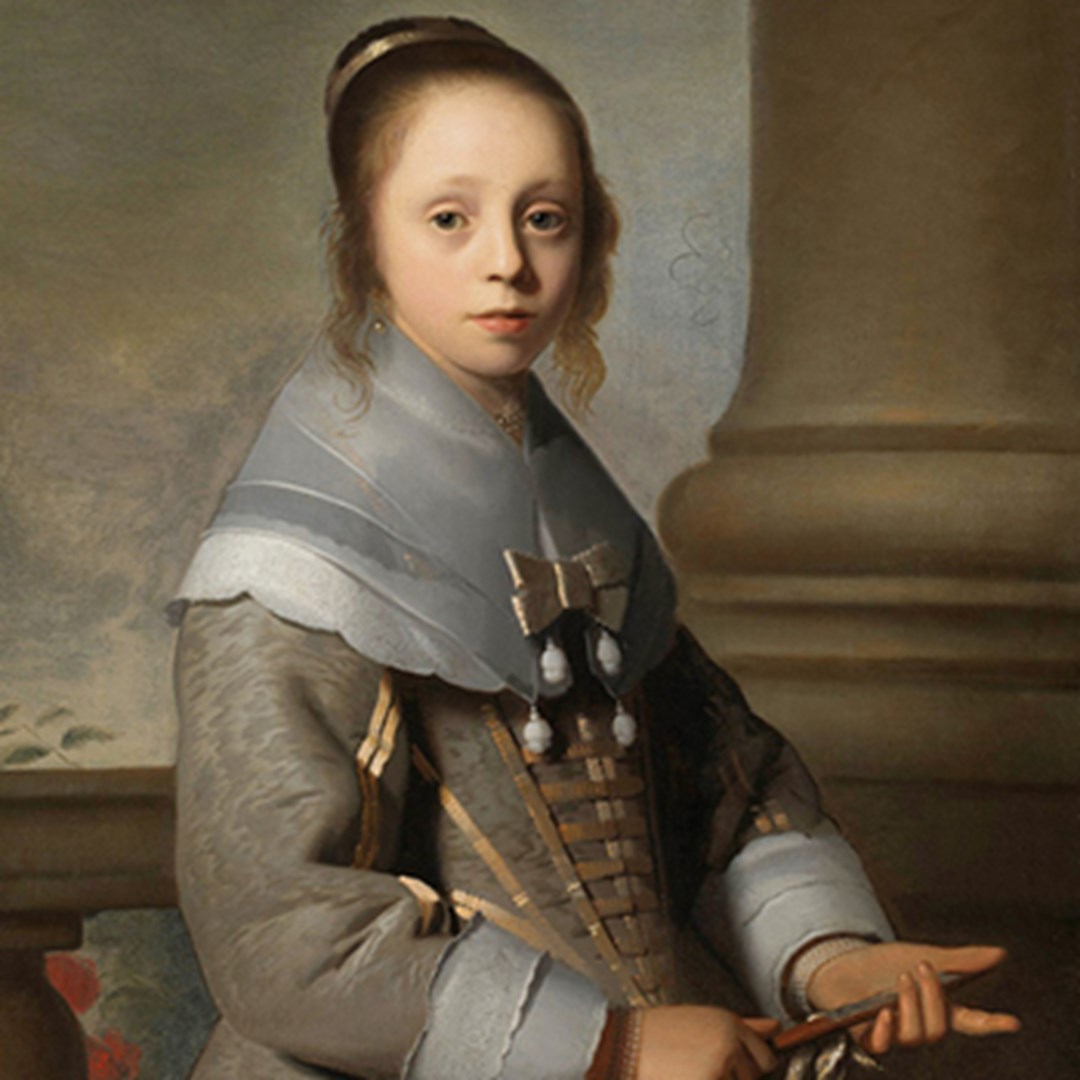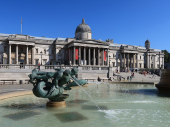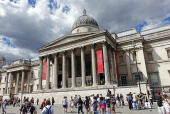
The National Gallery today announced the acquisition of Portrait of a Girl (about 1650) by Isaack Luttichuys (pronounced ‘Lootickhouse’) (1616–1673), the first work by
the artist to enter a British public collection.
Born in London in 1616 to Dutch parents, Luttichuys spent his early life in England, where the family was known as Littlehouse, the literal English translation of the name. He later moved to Amsterdam and enjoyed a highly successful career as a portrait painter until his death in 1673.
The 17th-century oil painting has been acquired by the nation from the estate of George Pinto (1929–2018), banker and philanthropist, under the Acceptance in Lieu scheme, administered by the Arts Council. This follows the Gallery’s recent acquisition through the same scheme of three 18th-century works from the Pinto estate*. The National Gallery is grateful to Christie's for their support in ensuring these works join the collection.
Although Luttichuys may not be an immediately recognisable name, his portraits document an important moment in mid-17th-century Dutch painting when a classicising trend produced a brighter palette, of which this work is a prime example. It is a significant acquisition for the Gallery; portraits of this type are relatively rare in British collections, although they were much valued at the time and often of equally high quality as works in more traditional styles. Works in the classicising trend came increasingly to the fore as Rembrandt’s darker and more brooding style of portraiture slowly fell out of favour.
Luttichuys’s sensitivity to the individuality of his sitters and to details such as the subtle cues of movement that enliven an image speak to his prodigious skills as a portrait painter, which kept him popular among the Amsterdam elite for several decades. Portrait of a Girl shows a figure standing by a column and a balustrade. Her hair is tied back in a chignon, with tendrils hanging down on either side of her face. She wears a translucent folded cambric square neckerchief with four acorn tassels suspended from its corners. Underneath this sits a round neckerchief with an edge of densely worked lace with shallow scalloping. This particular arrangement of the two neckerchiefs provides an important clue to understanding the work as according to Marieke de Winkel, a leading costume historian consulted by the Gallery, it is seen only in portraits of the later 1640s. What is revealed in the young girl’s portrait is a transitional phase, with the upper neckerchief now translucent to show the lower one with the newly fashionable lace edge. Her dress is made of grey watered silk, with narrow parallel ribbons running down her sleeves with a large bow sitting on top of the neckerchiefs. She wears cone-shaped double cuffs that reach to her wrists which are adorned with pearl bracelets and she holds a fan with a bow attached. The fact that the cuffs reach to the wrist also points to the later 1640s; in the 1650s they sit higher up on the forearm.
Although at first glance the style of the girl’s portrait may seem to accord with Luttichuys’s portraits of the mid-1650s, her dress suggests that the painting should in fact be dated earlier, around 1650. This is further substantiated by a signed pendant portrait of identical size of a boy in a dress that similarly dates from the later 1640s (present whereabouts unknown), who is almost certainly the little brother of our young girl: as late as 1834 the two paintings were still together in the same collection but they have since become separated.
Luttichuys’s portraits are filled with a refinement and elegance which echo the works of the Flemish master Anthony van Dyck (1599–1641) and the Amsterdam portrait pai
National Gallery Director, Dr Gabriele Finaldi, said: 'George Pinto was a good friend of the National Gallery and it is very pleasing to have this beautiful portrait in the national collection at Trafalgar Square. We are grateful to his family, Christie’s and the AIL Panel.'
Chair of the Acceptance in Lieu Panel, The Arts Council, Edward Harley OBE, said: 'I am delighted that this painting by Isaack Luttichuys has been acquired by the National Gallery through the Acceptance in Lieu scheme. It is believed that this portrait is the first by the artist to enter any British public collection. It comes from the estate of George Pinto and follows several other allocations from the Pinto estate to the National Gallery. I hope that this example will encourage others to use the scheme to find a place for great art in our national collections.'
Culture Minister, Caroline Dinenage, said: 'The Acceptance in Lieu scheme exists so that we can save important objects and works of art for the nation. I am pleased that this significant piece by Isaack Luttichuys has been acquired by the National Gallery and I know it will make a valuable contribution to the collection and be enjoyed by millions once the Gallery reopens to the public.'








































